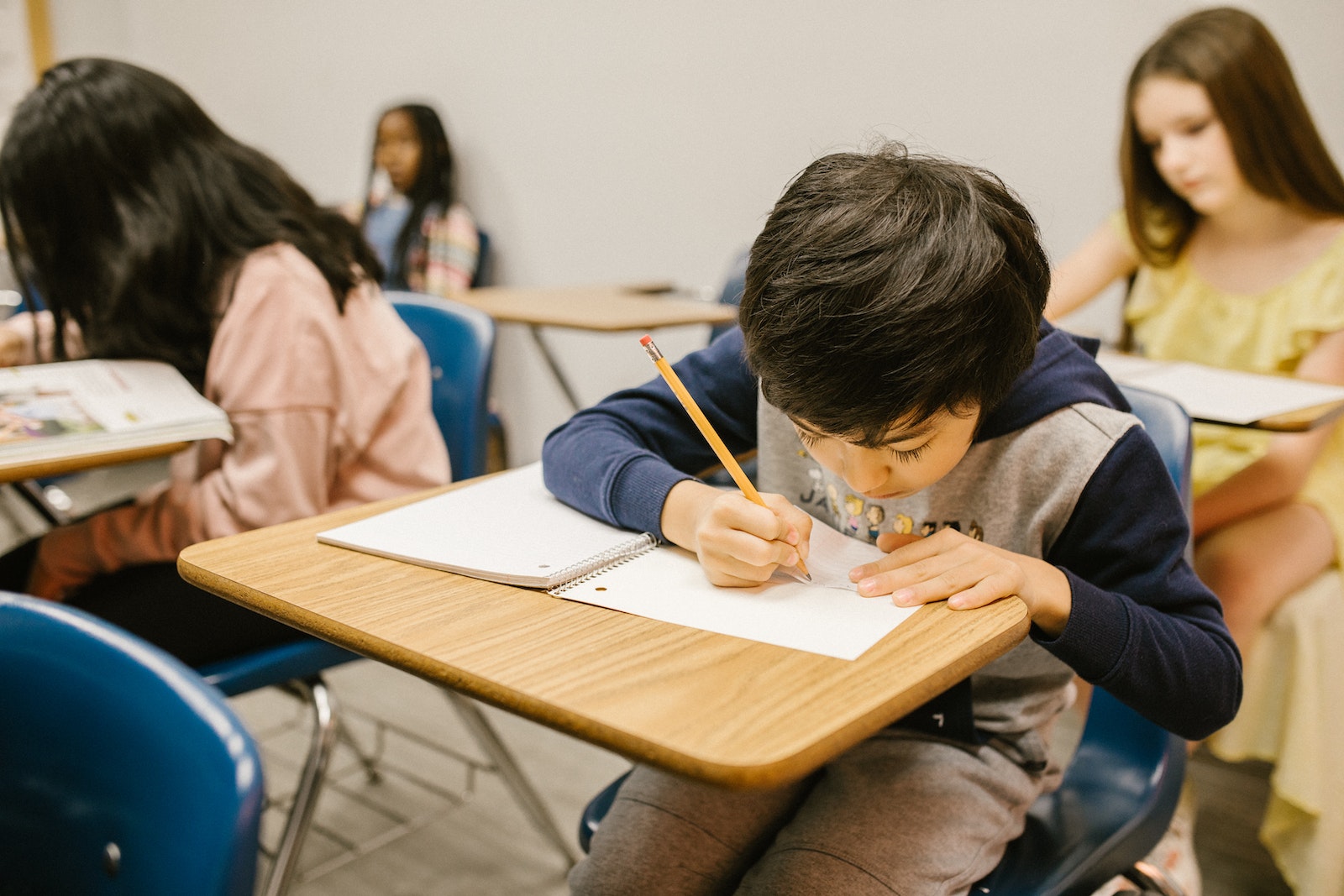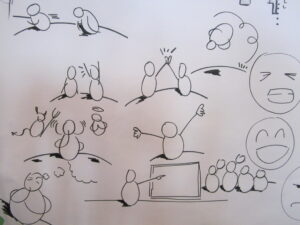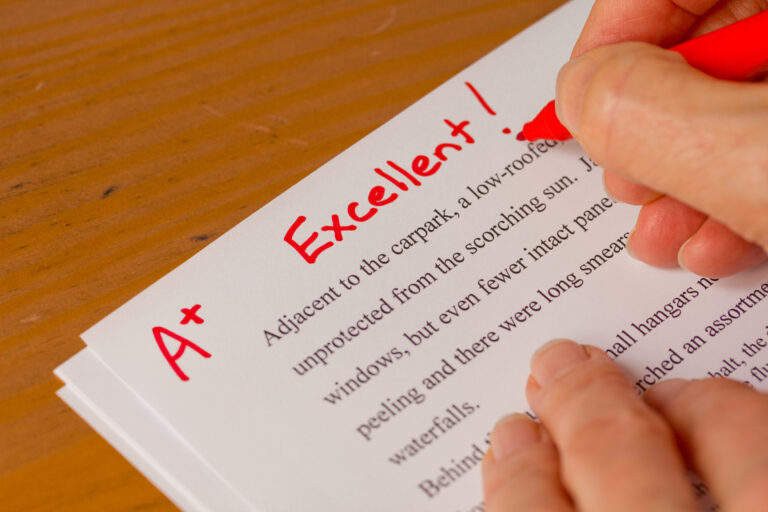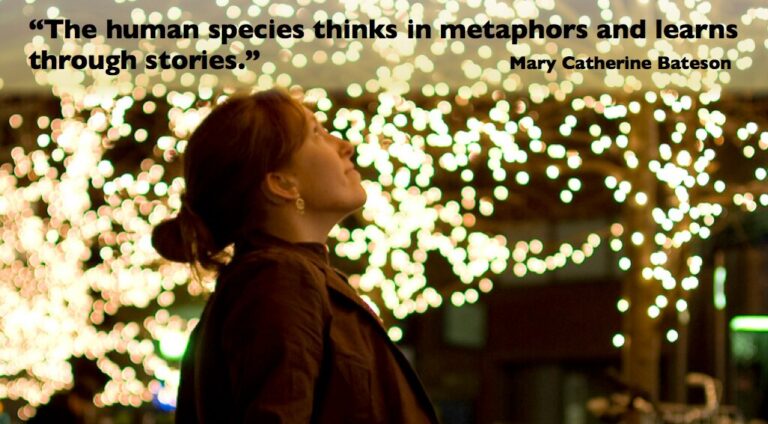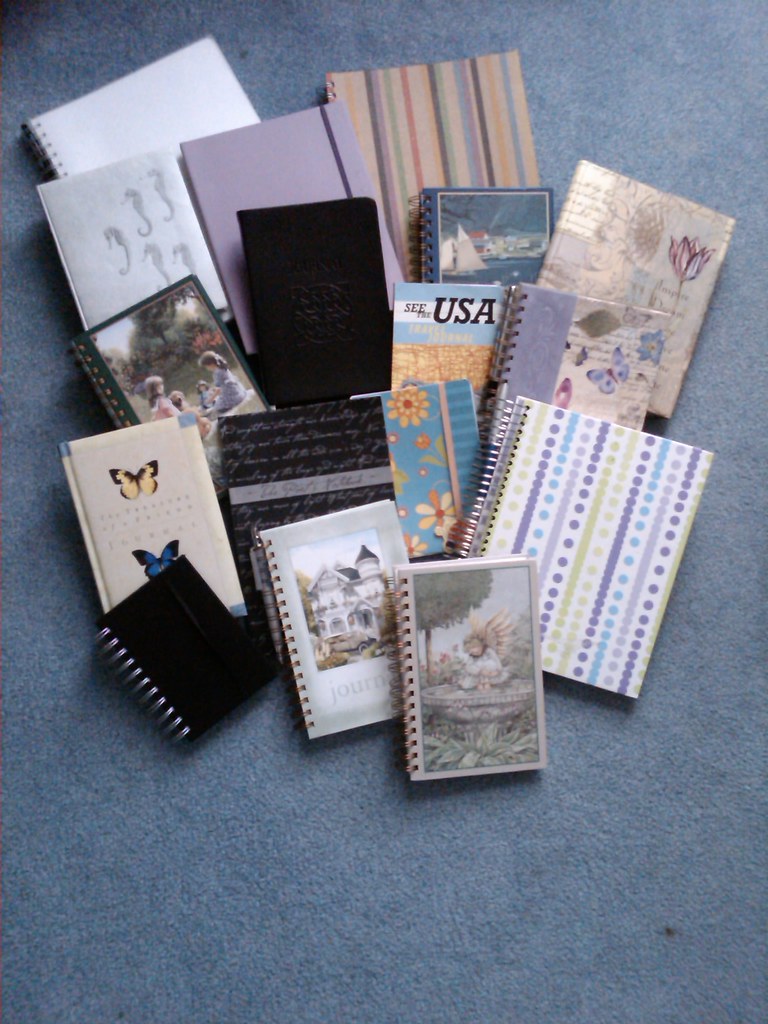Mastering ESL Creative Writing in a Multilingual Classroom
Diving headfirst into teaching creative writing for ESL students can feel like navigating through uncharted waters. But guess what? You’re not alone. We’ve been there, and we’ve got the compass to guide you through.
The Multilingual Classroom: Challenges and Opportunities
Sure, teaching in a multilingual classroom comes with its fair share of challenges. There’s the language barrier, cultural differences, and even varied learning styles. But these are not roadblocks. In fact, they’re windows to unique, vibrant expressions of creativity. Let’s turn these ‘challenges’ into ‘opportunities’, shall we?

The Power of Storytelling
When it comes to creative writing, storytelling is at its heart. And what are stories if not bridges that connect cultures, ideas, and emotions? In an ESL classroom, every student brings their own unique story to the table. And guess what? There’s no language barrier strong enough to silence these beautiful narratives.
Crafting a Creative Atmosphere
One thing we’ve learned over the years is the importance of fostering a supportive, collaborative atmosphere. Creative writing shouldn’t be a solo act. Encourage students to share, critique, and learn from each other’s work. Cultivate a creative hub where ideas flow freely and every voice matters.
The Role of Visual Aids in Supporting ESL Creative Writing
You know how they say, “A picture is worth a thousand words?” Well, it holds true even in creative writing. Visual aids are a powerful tool to spark imagination. Use images, videos, or even comic strips to inspire students. Let their creativity unravel the stories behind these visuals.
Building a Bilingual Vocabulary
Language is the paintbrush of creative writing. The richer the vocabulary, the more vibrant the painting. Foster a bilingual vocabulary for your ESL students. Bilingual word games, flashcards, or even group discussions can go a long way in bolstering language skills.

Encouraging Cultural Exchange Through ESL Creative Writing
A multilingual classroom is a melting pot of cultures. Use this to your advantage. Encourage students to draw from their cultural experiences in their writing. This not only enriches their stories but also fosters cultural sensitivity and understanding.
Feedback is Key
Creative writing is a journey, and feedback is the roadmap. Constructive, personalized feedback can help students improve their writing and find their unique voice. Remember, it’s not about marking errors, it’s about guiding growth.
Patience: The Silent Hero
Above all, remember that learning creative writing is a gradual process. It takes time. So, patience is key. Let your students make mistakes, stumble, and then learn. Because every stumble is a step forward in the journey of creative writing.

Frequently Asked Questions about ESL Creative Writing

Final Thoughts
Teaching creative writing to ESL students in a multilingual classroom is indeed an art. It’s not just about teaching a language or a skill. It’s about crafting stories, bridging cultures, and most importantly, inspiring creativity.
